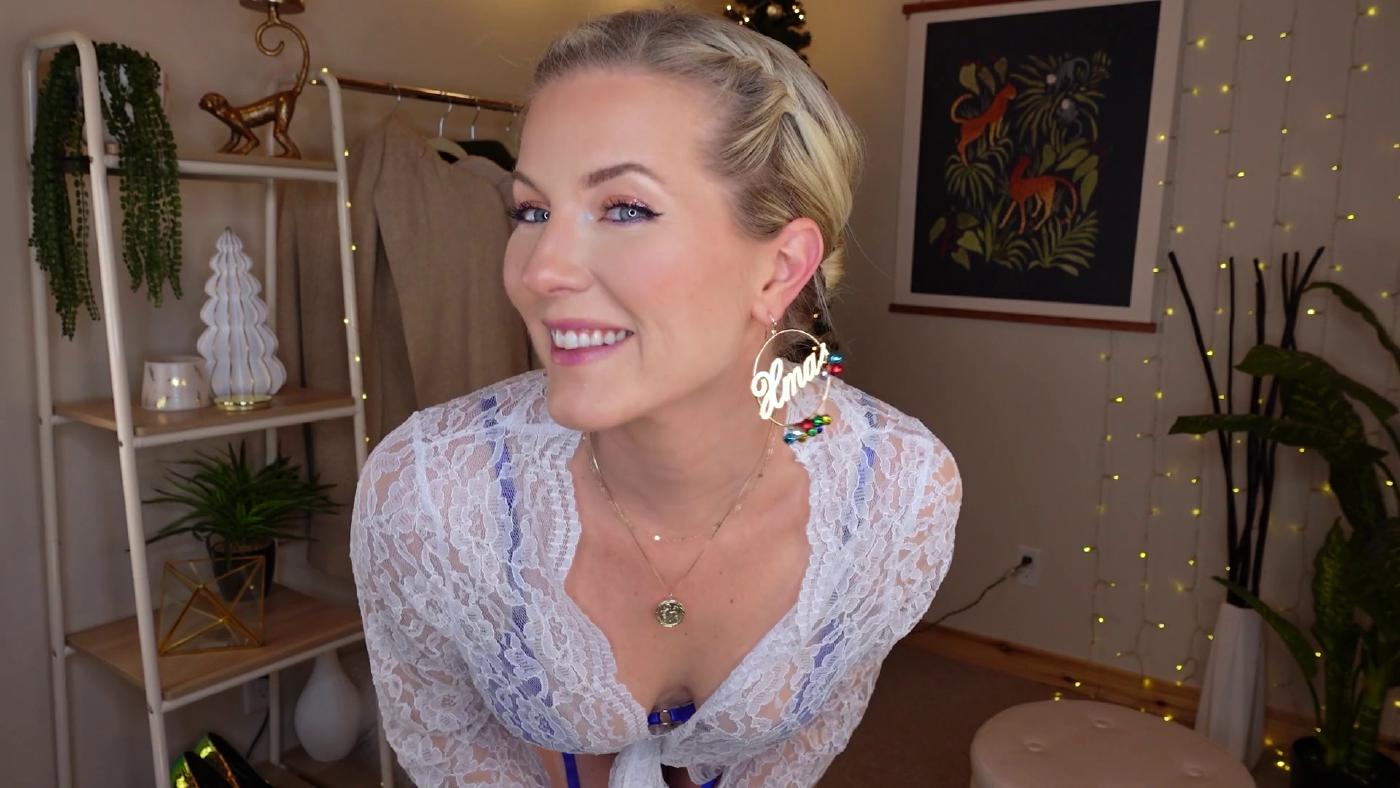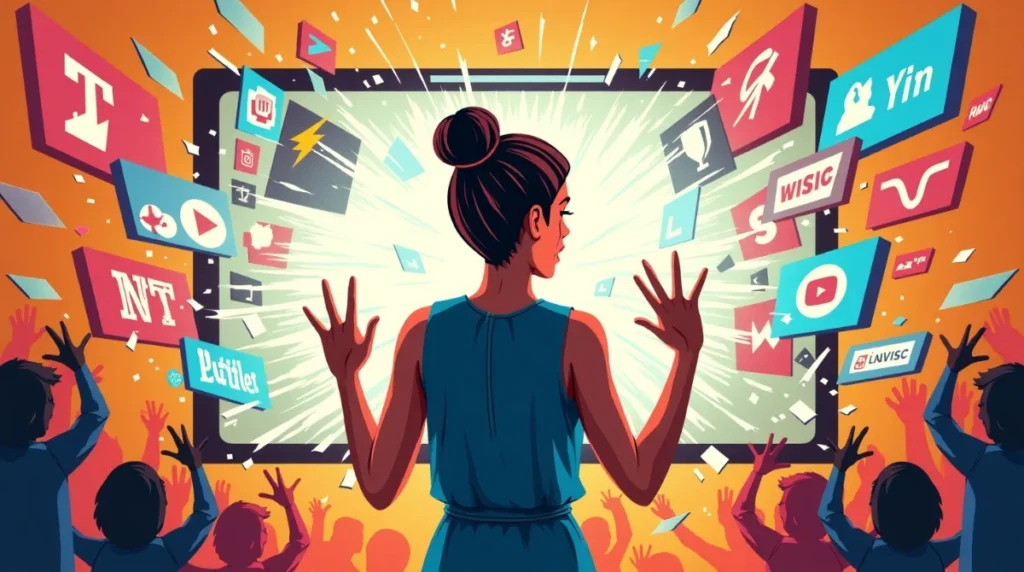Inside "Influencers Gone Wild": Unmasking The Dark Side & Scandals
In the age of ubiquitous social media, where curated perfection once reigned supreme, are we witnessing a paradigm shift, a descent into the untamed territory of "influencers gone wild"?
The rise of social media influencers has irrevocably altered the landscape of marketing, entertainment, and even societal norms. These digital tastemakers, armed with legions of followers and enviable engagement rates, wield significant power. They shape trends, drive consumer behavior, and often, they personify the aspirational ideal. Yet, beneath the veneer of polished aesthetics and carefully constructed narratives, a darker undercurrent has begun to surface. Viral scandals, questionable marketing practices, and a relentless pursuit of virality are increasingly casting a shadow on the once-pristine realm of influencer culture. This phenomenon, commonly referred to as "influencers gone wild," represents a complex and evolving narrative that demands a closer look.
The term "influencers gone wild" encapsulates a spectrum of behaviors. It signifies instances where influencers engage in reckless, unethical, or even dangerous actions in their relentless quest for online fame. This can manifest in various forms, from sharing inappropriate content and promoting dubious products to participating in dangerous stunts and exploiting their followers' trust. These actions often trigger widespread online discussions, highlighting the pitfalls of unregulated digital celebrity. The appeal of this behavior lies in its ability to shock and capture attention in a crowded online marketplace. These actions can be viewed as a desperate attempt to stand out or a cynical exploitation of a system that rewards outrage and virality.
One of the most prominent examples of the "influencers gone wild" phenomenon is the case of Kaitlyn Siragusa, better known as Amouranth. Siragusa, who began her career on platforms like YouTube and Twitch, quickly cultivated a large following. This success led her to explore more explicit content creation on platforms like Patreon and OnlyFans. Her transition reflects a broader trend of influencers pushing boundaries and exploring monetisation strategies that would have been considered taboo even a few years ago. While the motivations and ethical implications of such moves are open to debate, the fact remains that Siragusas actions, along with many others, highlight the changing dynamics of the industry.
Here's a table summarizing key information about Amouranth, a prominent figure in the "influencers gone wild" category:
| Category | Details |
|---|---|
| Real Name | Kaitlyn Siragusa |
| Known For | ASMR, Hot Tub Streams, and Lewd Content |
| Online Platforms | Twitch, YouTube, Patreon, OnlyFans |
| Age | 30 |
| Nationality | American |
| Content Type | Variety of content, including gaming, ASMR, and adult-oriented material. |
| Controversies | Allegations of financial exploitation and questionable content. |
| Income Sources | Twitch subs, Patreon, OnlyFans, Brand Deals. |
| Key Characteristics | High engagement, a strong sense of brand, and the ability to adapt to market trends. |
| Social Media Presence | Extensive across multiple platforms, consistently updating content. |
| Reference | https://www.youtube.com/watch?v=d59W26X2Q0s |
The platform "influencers gonewild" serves as a hub for sharing news, insights, and discussions related to the root causes and controversies surrounding this phenomenon. It aims to shed light on the impact these actions have on society, providing a platform for audience and brands to navigate this ever-changing digital landscape. This platform isn't merely a spectator of the chaos; it provides critical commentary and analysis on the shifts happening in the industry.
The rise of "influencers gone wild" is not simply about individual bad actors. It is a symptom of an industry under immense pressure, where influencers are constantly challenged to create engaging content to stay relevant. With an oversaturated market, the struggle to maintain a hold on audience attention has created a need for influencers to go outside of the norm in a quest for online fame. It is a risky game that often calls for controversial or risky behavior.
In the pursuit of maintaining relevance, increasing their following, or boosting engagement, influencers sometimes push boundaries beyond the acceptable limits. This dynamic often sees influencers treading a fine line between shock value and authenticity. Their actions are designed to spark engagement and public reaction. Traditional forms of content have become mundane, forcing influencers to create content that can be viewed as dangerous, exploitative, or simply outrageous to captivate audiences. This includes a wide range of practices, such as promoting unverified products, participating in dangerous stunts, or disseminating misinformation.
When influencers "go wild," they often compromise authenticity and audience trust. The quest for engagement can lead to a blurred line between real and staged behaviors, ultimately influencing lifestyle, morals, relationships, and fashion standards. The repercussions can be far-reaching, extending beyond the individual influencer to affect their followers, the brands they endorse, and the overall perception of online culture.
Brands must also navigate this evolving landscape with caution. Associating with influencers who engage in questionable behavior can tarnish a brand's reputation. This reality has led to increased scrutiny of influencer marketing practices, forcing brands to implement stricter vetting processes and prioritize transparency. As a result, ethical considerations and brand values are being used more effectively.
The implications of "influencers gone wild" extend far beyond the individuals involved. It has a significant impact on societal norms, as the behaviour of influencers can shape expectations, influence purchasing decisions, and even affect moral compasses. Additionally, it raises important questions about the ethics of online content, the responsibilities of platforms, and the need for greater regulation within the influencer industry.
The rise of "influencers gone wild" demonstrates the need for continuous adaptation in the industry. This trend flips the script on the traditional definition of an influencer in the digital age. Flawless selfies and curated travel vlogs no longer define the industry. This new wave of influencers creates an interesting narrative that is constantly evolving.
The evolution of the influencer industry has created an environment in which individuals feel the need to seek constant engagement. Traditional content like makeup tutorials and fitness routines are no longer sufficient. The digital world is always changing, and influencers have to find new ways to stay at the forefront of public attention.
Looking ahead, fostering transparency, ethical practices, and accountability will be crucial. The influencer industry can evolve into a more positive and sustainable space. This requires cooperation among influencers, brands, platforms, and audiences. Greater awareness of the potential risks and ethical responsibilities will allow the creation of a more responsible and sustainable online culture. This will lead to stronger relationships built on trust and integrity.
The narrative of "influencers gone wild" is a reflection of the state of the modern digital world. It is a story of ambition, creativity, risk-taking, and the never-ending human pursuit of attention. It also demonstrates the constant need for vigilance and responsible behaviour.


